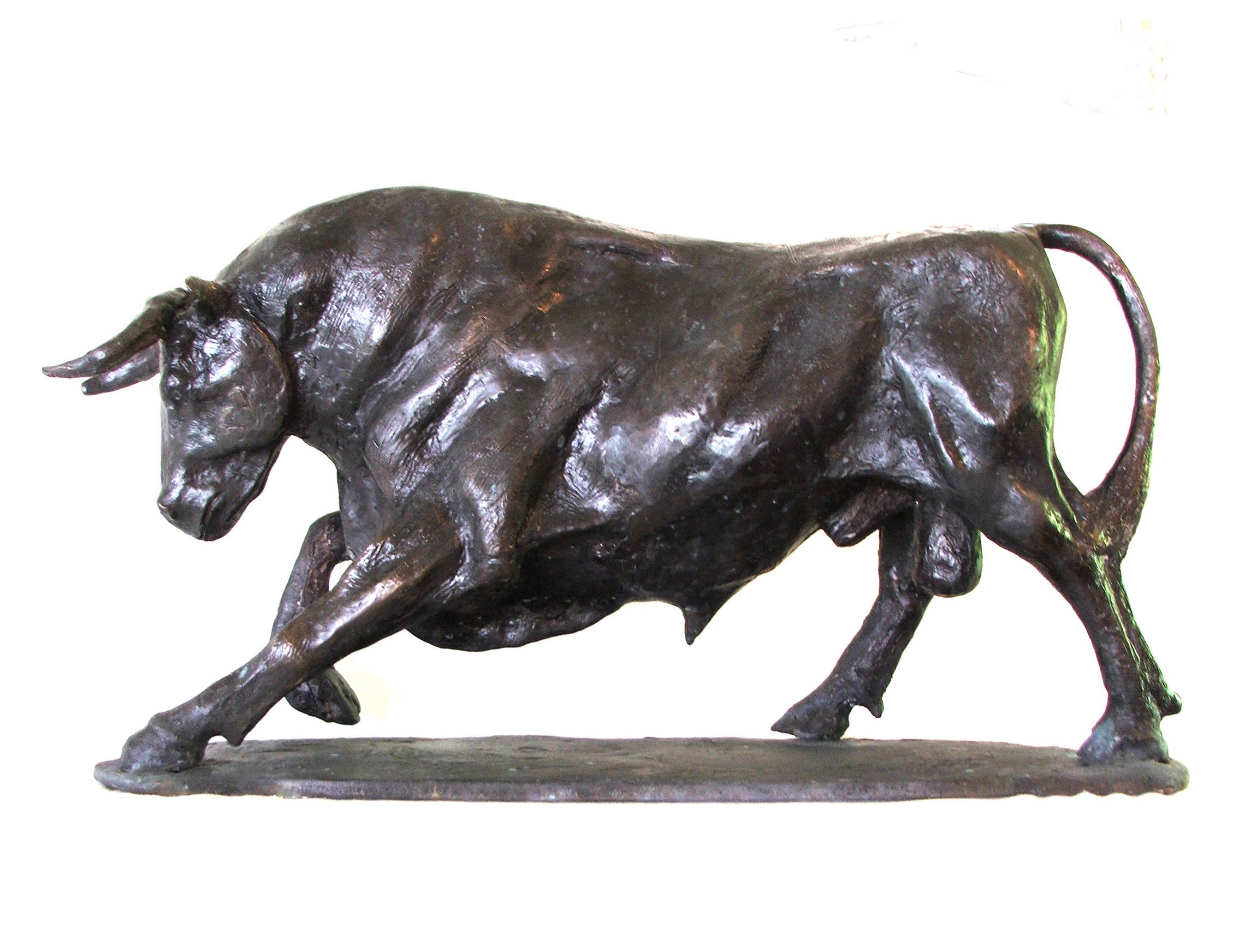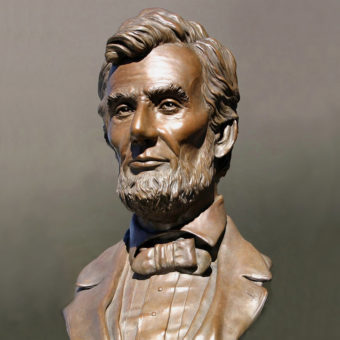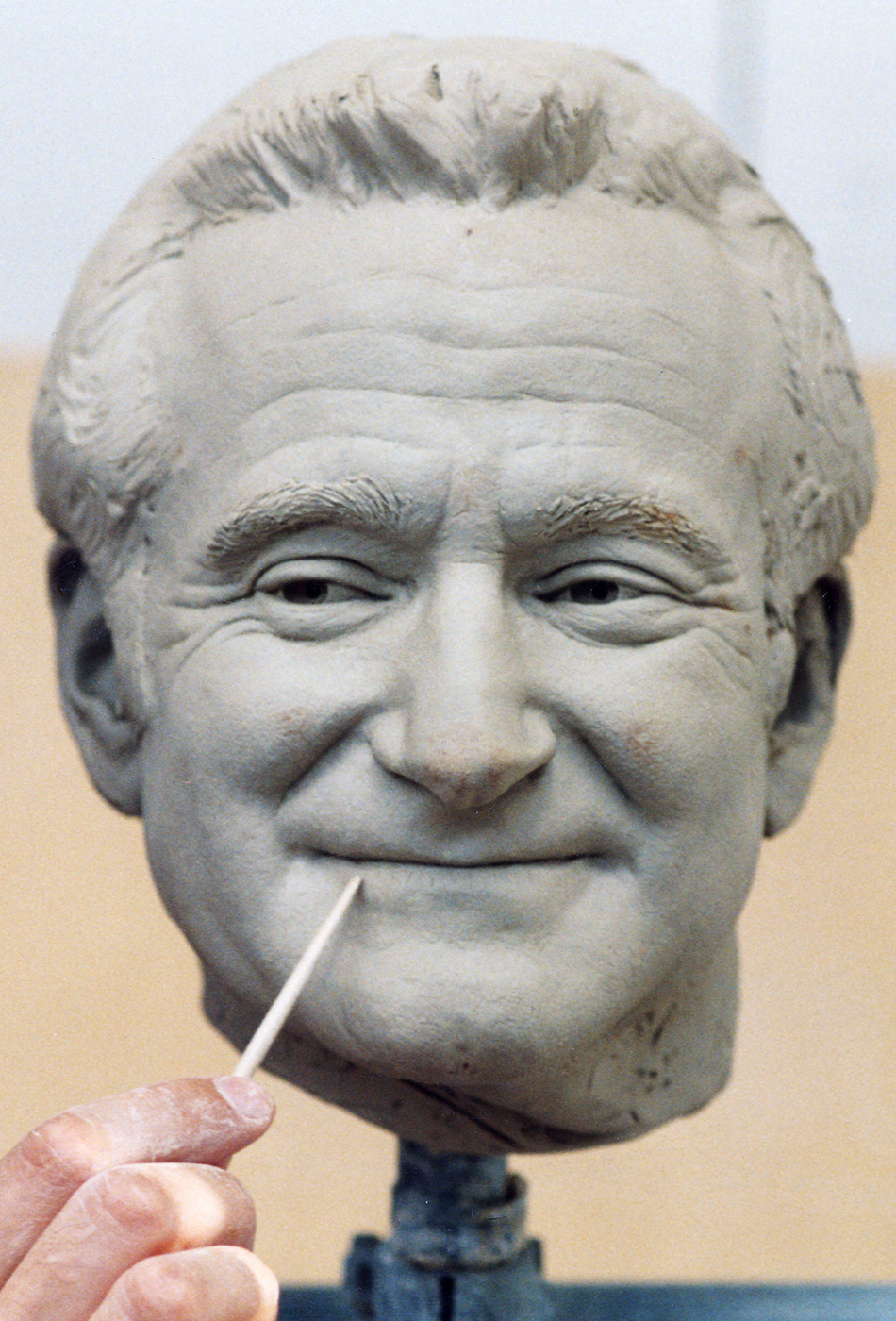Bronze Sculptures: Timeless Artistry Cast in Bronze
Wiki Article
The Evolution of Sculptures: From Old to Modern
The Development of Sculptures: From Ancient to Modern.Sculpture, among the oldest forms of art, has actually been an important part of human people for millennia (Robert C Hitchcock Sculptor). From the ancient human beings of Egypt and Greece to the modern era, sculptures have advanced, mirroring modifications in imaginative techniques, materials, and cultural influences. This trip via time traces the growth of sculptures, exploring the changes in design, subject, and artistic expression
Beginning with the old globe, sculptures crafted from rock and later on bronze caught the essence of deities, rulers, and everyday life. The Renaissance duration experienced a resurgence of classic sculpting techniques, as artists looked for to mimic the stylish types of ancient Greek and Roman sculptures. In the modern period, musicians tested traditional borders, welcoming abstraction and testing with new materials.

This exploration will look into the varied development of sculptures, revealing the abundant tapestry of artistic expression throughout different periods and cultures.
Ancient Sculptures: From Stone to Bronze
Old sculptures transitioned from being carved out of rock to being cast in bronze. Rock sculptures, while outstanding in their very own right, were restricted by the nature of the material.The intro of bronze as a tool for sculptures caused a transformation in imaginative expression. Bronze provided artists the opportunity to produce detailed and lifelike kinds that were not possible with rock. The procedure of casting bronze permitted the development of numerous copies of a sculpture, allowing wider distribution and preservation of these imaginative work of arts.
The transition from stone to bronze likewise saw a change in the topic of sculptures. While rock sculptures mainly depicted gods, sirens, and mythical figures, bronze sculptures began to show a more comprehensive variety of topics, consisting of everyday people and animals. This growth of subject showcased the adaptability and flexibility of the bronze tool.
Renaissance Rebirth: Forming in the Classical Style
The Renaissance revival of sculpture witnessed a revival in the classic style, building upon the developments made during the transition from rock to bronze in ancient sculptures. During this period, musicians sought to recreate the classic aesthetic and ideals of charm that were common in ancient Greek and Roman sculptures.Among the crucial attributes of the Renaissance resurgence was the emphasis on naturalism and the human form. Artists like Donatello and Michelangelo make every effort to record the physiological information and expressions of their topics with unmatched precision. They studied the human body and incorporated their observations into their sculptures, resulting in realistic and realistic representations.
Another essential facet of the Renaissance revival was the expedition of viewpoint and deepness. Artists made use of strategies such as contrapposto, where the weight of the body is shifted to one side, developing a sense of movement and dynamism. They additionally try out different products, including marble and bronze, to achieve a degree of sophistication and details in their sculptures.
The classic design of the Renaissance resurgence had a profound impact on later periods of art, offering as a structure for the advancement of Western sculpture. It brought a renewed admiration for the appeal and splendour of the human kind, and its tradition can still be seen in modern sculptures today.
Modernism and the Avant-Garde: Damaging Conventional Boundaries

Among the key characteristics of modernist sculpture was the emphasis on abstraction. Sculptors relocated far from reasonable depictions and instead concentrated on capturing the significance of the topic with streamlined types and geometric shapes. This departure from traditional depiction permitted musicians to reveal their emotions and ideas in an extra subjective and personal fashion.
Furthermore, the avant-garde movement challenged social standards and conventions, urging musicians to experiment and press the borders of their art - Portrait Sculptor. Artists started including unique materials such as found things, commercial materials, and even all-natural components into their work. This expedition of new materials and techniques not only expanded the opportunities for sculpture yet likewise challenged the typical ideas of what might be thought about art
Contemporary Sculptures: Checking Out New Materials and Concepts
With a concentrate on discovering brand-new materials and concepts, modern sculptures have changed the area of art. Artists today are pressing the boundaries of standard sculpture by utilizing cutting-edge materials and trying out with abstract concepts. These sculptures challenge standard notions of materiality, form, and significance, welcoming visitors to take part in a thought-provoking and brand-new imaginative experience.Contemporary sculptors are accepting a wide variety of products, consisting of plastic, glass, metal, and even raw material. Contemporary Sculptures. They are not restricted to the conventional tool of rock or clay, permitting greater freedom of speech and trial and error. This change towards unique products has actually opened new possibilities for musicians to develop sculptures that are vibrant, interactive, and aesthetically striking
In addition to exploring new products, modern sculptures additionally dig right into facility and abstract concepts. Artists are now exploring themes such as identity, social problems, and the atmosphere, making use of sculpture as an effective tool for social discourse and self-contemplation. These sculptures test visitors to assume critically and engage with art on a deeper level, sparking conversations and provoking emotional reactions.
Worldwide Influences: Sculptural Customs From Around The Globe

In old Egypt, sculptures were produced mostly for funerary and spiritual objectives. The legendary sculptures of pharaohs and gods, such as the Great Sphinx and the breast of Queen Nefertiti, display the Egyptians' proficiency of rock carving and their belief in the afterlife.
In ancient Greece, sculpture reached its peak throughout the timeless duration. Influenced by the suitables of beauty, consistency, and percentage, Greek sculptures emphasized the human form and commemorated the accomplishments of gods, heroes, and professional athletes. The famous sculptures of Aphrodite of Knidos and the Discobolus exemplify the Greeks' pursuit of excellence in sculptural art.
In old Rome, sculpture served both imaginative and political objectives. Portrait Sculptor. Roman sculptures typically portrayed emperors, generals, and mythical figures, reflecting the power and majesty of the empire. The marble statue of Augustus of Prima Porta and the monumental Arc of Constantine are significant examples of Roman sculptural success
Oriental sculptural traditions, specifically in India, China, and Japan, have likewise had a profound effect on the development of sculptures. Indian sculptures, such as the intricately sculpted temples of Khajuraho and the colossal statuaries of visit this page Buddha, display an abundant combination of spiritual, mythological, and building components. Chinese sculptures, defined by their great craftsmanship and focus to detail, frequently represent deities, pets, and legendary numbers. Japanese sculptures, influenced by Buddhism, highlight simpleness and serenity, seen in the calm statues of Buddha and the sophisticated art of bonsai.
The worldwide impacts on sculpture proceed to progress in the modern-day period. As we look to the future, it is particular that the international impacts on sculpture will certainly proceed to form and redefine this old art type.
Verdict
In conclusion, the advancement of sculptures has actually seen a shift from ancient rock and bronze functions to the classic revival throughout the Renaissance. Today, modern sculptures explore new products and ideas, while also attracting motivation from worldwide sculptural customs - Robert C Hitchcock Sculptor.From the ancient human beings of Egypt and Greece to the modern era, sculptures have progressed, mirroring changes in artistic techniques, materials, and cultural influences.Beginning with the ancient globe, sculptures crafted from rock and later on bronze recorded the significance of divine beings, leaders, and day-to-day life.Old sculptures transitioned from being sculpted out of rock to being cast in bronze. While rock sculptures predominantly depicted gods, goddesses, and mythological figures, bronze sculptures began to reflect a broader range of subjects, including everyday people and pets.In conclusion, the evolution of sculptures has seen a change from old rock and bronze functions to the timeless resurgence during the Renaissance.
Report this wiki page